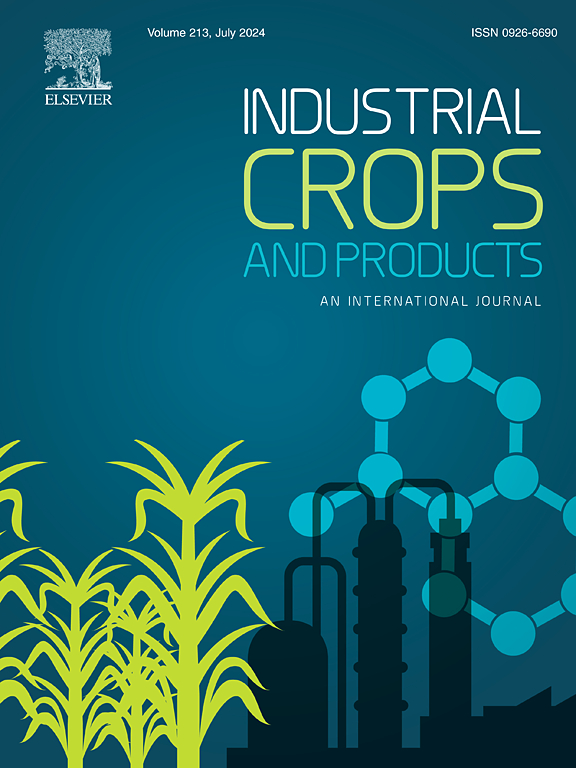Nano-immunosensors for the rapid and sensitive detection of foodborne toxins; Recent advances
IF 5.6
1区 农林科学
Q1 AGRICULTURAL ENGINEERING
引用次数: 0
Abstract
Foodborne toxins pose significant risks to public health, necessitating rapid and accurate detection methods to ensure food safety. Traditional detection methods, such as chromatography and mass spectrometry, are often time-consuming, expensive, and require extensive sample preparation. Nano-immunosensors (NISs), which are biosensors that incorporate nanoscale materials (e.g., nanoparticles) to detect specific analytes (e.g., bacterial pathogens such as Salmonella and Escherichia coli, mycotoxins like aflatoxins and ochratoxin A, marine toxins such as ciguatoxins and saxitoxins, and chemical contaminants including pesticides and heavy metals), offer a promising alternative, leveraging the unique properties of nanomaterials to achieve high sensitivity and specificity in detecting a wide range of toxins. These sensors enable real-time monitoring with minimal sample preparation, making them highly suitable for complex food matrices. Additionally, NISs can be integrated into portable devices, facilitating on-site testing and immediate decision-making, which is critical in food safety management. Their ability to detect multiple toxins simultaneously further enhances their utility in diverse food safety applications. This review explores the development of NISs, focusing on their applications in detecting bacterial, fungal, and marine toxins, as well as chemical contaminants. Key advantages, such as rapid detection, cost-effectiveness, and enhanced sensitivity compared to conventional methods, are highlighted. The potential for future advancements in NIS technology to further improve food safety and public health outcomes is also discussed, emphasizing their role in meeting the increasing demand for safer food products.
求助全文
约1分钟内获得全文
求助全文
来源期刊

Industrial Crops and Products
农林科学-农业工程
CiteScore
9.50
自引率
8.50%
发文量
1518
审稿时长
43 days
期刊介绍:
Industrial Crops and Products is an International Journal publishing academic and industrial research on industrial (defined as non-food/non-feed) crops and products. Papers concern both crop-oriented and bio-based materials from crops-oriented research, and should be of interest to an international audience, hypothesis driven, and where comparisons are made statistics performed.
 求助内容:
求助内容: 应助结果提醒方式:
应助结果提醒方式:


